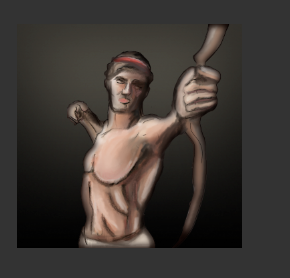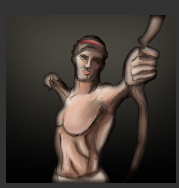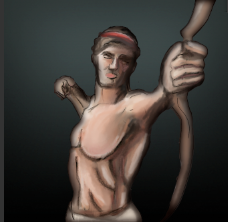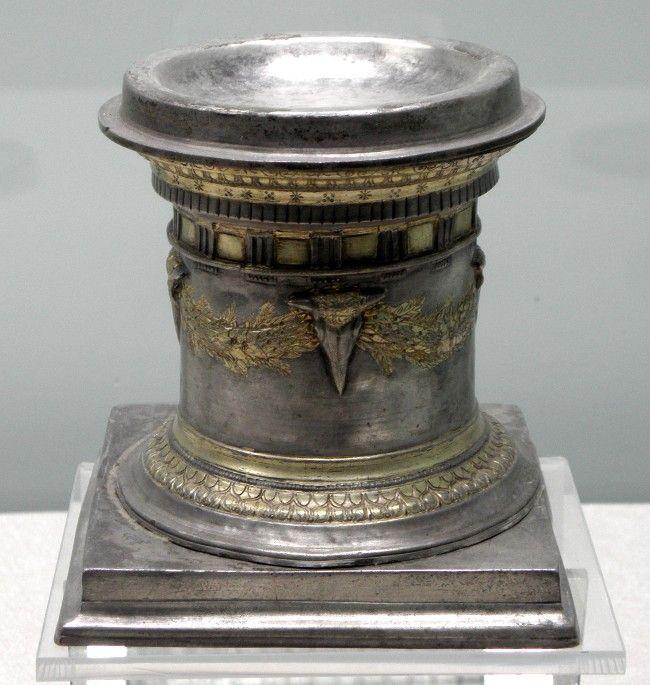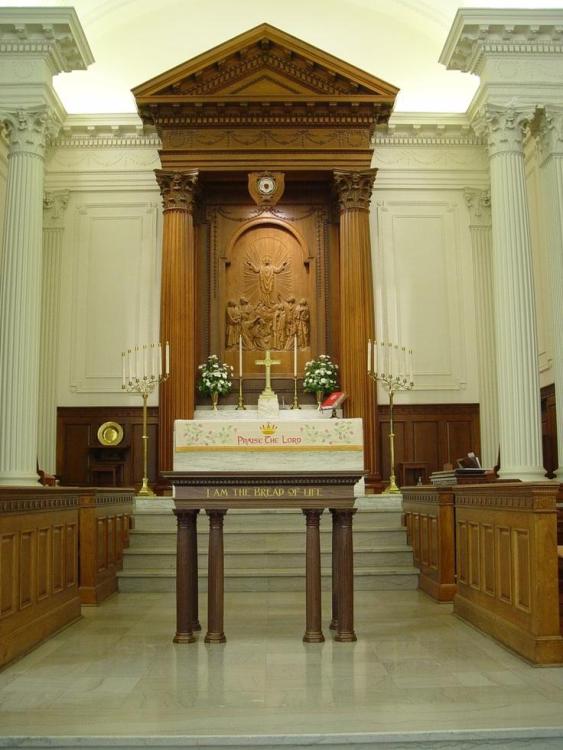-
Posts
25.684 -
Joined
-
Days Won
300
Everything posted by Lion.Kanzen
-
dejame llamar a un desarrollador... @Silier@Freagarach @Stan`
-
-
.thumb.png.ce58cea22940c255f5b0a735d5abee36.png)
Who speaks spanish
Lion.Kanzen replied to NoMolester's topic in Introductions & Off-Topic Discussion
Actualizando. Siempre hay gente hablando Español. -
.thumb.png.ce58cea22940c255f5b0a735d5abee36.png)
duda sobre recuperación de cuentas. Y crear otra cuenta
Lion.Kanzen replied to CesarDoce3's topic in Help & Feedback
He lost his account he need help about: 1 -if you can only create an account pro user because it does not let him create another, because the one he had he doesn't remember the password and user, 2- is there any way that can be recovered or that some admintrador can help. somehow. I One comment before I go, you should put some form of recovery within the game password etc by email. -
.thumb.png.ce58cea22940c255f5b0a735d5abee36.png)
duda sobre recuperación de cuentas. Y crear otra cuenta
Lion.Kanzen replied to CesarDoce3's topic in Help & Feedback
@user1 Puede ayudarte. Si se puede crear otras, pero no recuerdo cada cuánto. -
.thumb.png.ce58cea22940c255f5b0a735d5abee36.png)
gameplays Age of Empires 2 stuff
Lion.Kanzen replied to Lion.Kanzen's topic in Introductions & Off-Topic Discussion
New DLC. yet another dlc, while AoE IV has no new bonus content. -
.thumb.png.ce58cea22940c255f5b0a735d5abee36.png)
what games do you play besides 0ad?
Lion.Kanzen replied to grepmaster's topic in Introductions & Off-Topic Discussion
Kingdoms Exiled. Andor's Trail. Clash Royale. Neverwinter Nights. -
-Translation- "I think a more open discussion is always better for balance, people pay attention to some topics because they want to participate in them, if they don't have a say, players will think it's something that doesn't concern them and ignore it". -DeepL translation by the way.
-
One of the earliest written claims of using conjoined mobile shields as fortification is described in the Chinese historical record Book of Han. During the 119 BC Battle of Mobei of the Han–Xiongnu War, the famous Han general Wei Qing led his army through a fatiguing expeditionary march across the Gobi desert only to find Yizhixie chanyu's main force waiting to encircle them on the other side. Using armored heavy wagons known as "Wu Gang Wagon" (Chinese: 武剛車) in ring formations as temporary defensive fortifications, Wei Qing neutralised the Xiongnu's initial cavalry charges, forcing a stalemate and buying time for his troops to recover strength, before using the cover of a sandstorm to launch a counteroffensive which overran the nomads.[13] https://en.m.wikipedia.org/wiki/Wagon_fort
-
the game have that defect since starting in big, forest map, similar to 0 A.D. Here it is more obvious.
-
It's working for me.
-
-
.thumb.png.ce58cea22940c255f5b0a735d5abee36.png)
suggestions Thread for posting suggestions for Alpha 27.
Lion.Kanzen replied to Lion.Kanzen's topic in General Discussion
Soldier ships and elite ships...what about river size ships? -
.thumb.png.ce58cea22940c255f5b0a735d5abee36.png)
Mercenary camps and Neutral buildings.
Lion.Kanzen replied to Lion.Kanzen's topic in Gameplay Discussion
Related art forum topic.- 86 replies
-
- mercenaries
- strategic
- (and 5 more)
-
Stuff... A blog post about a remarkable gilded silver altar from the Morgantina Treasure, a masterpiece of ancient Greek metalwork from Sicily. Syncretic "Christian" Greek altar. The origin of this is pagan and the worship of images dates back to the 4th-5th century.
-
.thumb.png.ce58cea22940c255f5b0a735d5abee36.png)
Mercenary camps and Neutral buildings.
Lion.Kanzen replied to Lion.Kanzen's topic in Gameplay Discussion
I have to make an art version of this topic.- 86 replies
-
- mercenaries
- strategic
- (and 5 more)
-
.thumb.png.ce58cea22940c255f5b0a735d5abee36.png)
Mercenary camps and Neutral buildings.
Lion.Kanzen replied to Lion.Kanzen's topic in Gameplay Discussion
Making Necromancy... several of these ideas are already in DE mod. This group I will add the sacred places. The default majority of these will be altars. A third will be the ruins, I would like the latter to have a double function. Resource and cultural bonus, apart from being a game mode.- 86 replies
-
- mercenaries
- strategic
- (and 5 more)
-
.thumb.png.ce58cea22940c255f5b0a735d5abee36.png)
Teamwork Team Bonus Concept
Lion.Kanzen replied to Philip the Swaggerless's topic in Gameplay Discussion
here I have the conceptual design. I need more support. -
How much of this is still unapplied, how much of this needs conceptual revision?. We have to apply a filter so that incomplete ideas do not arrive to main game and start controversy (A24 example).
-
.thumb.png.ce58cea22940c255f5b0a735d5abee36.png)
Wow's new unit countering ideas
Lion.Kanzen replied to wowgetoffyourcellphone's topic in Gameplay Discussion
How much would the initial bonus be? -
Yes and social network. You can join.
-
rank should play a role. Also the skills within the groups, the battalions should have a series of skills and behaviors. Kind of like forcing a fight to the death. It would even increase the ranks by 4. Adding novel(noob) to the list.



